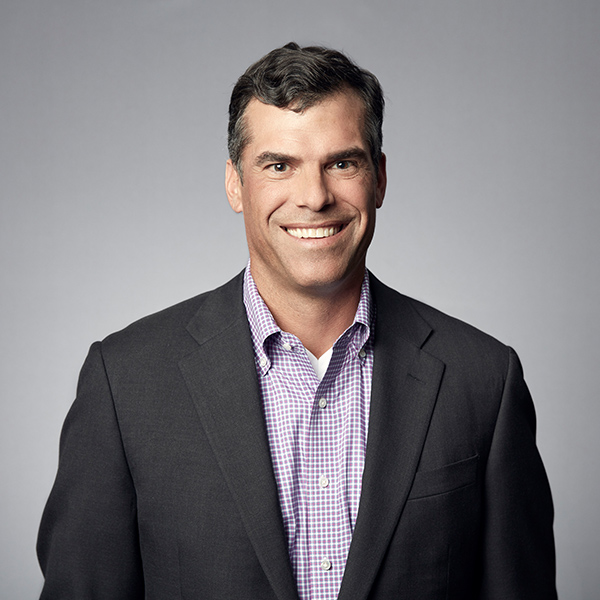In the Spring of 1994, I almost died. The chain of events leading up to that started April of my senior year in college. I was plagued with spiked fevers, lack of appetite and zero energy. When I went to the student center, the doctors did their routine checks: blood work, temperature and blood pressure. All of my vitals were elevated, including my white blood count. To treat the symptoms, the doctors quickly came to the conclusions that I had pneumonia. They gave me a course of antibiotics and sent me on my way. The medicine worked. I started feeling better… until the medication ran out. By then, I was home from college and went to see a specialist. The process was much more thorough. He asked a series of questions. Had I been traveling before my illness? What were my symptoms before the fever? What was my diet? What were my sleep habits like? How much was I drinking? Based on my labs and answers, he believed that I had appendicitis. Furthermore, he thought that my appendix had ruptured entirely.
I was promptly escorted to the hospital and had a CAT scan to confirm that it had indeed ruptured. I was given lots of antibiotics and had surgery to repair the damage that had been done to not only my appendix but other internal organs, as well. I’ll spare you the other details. Luckily, I am fine today and just have a few surgical scars as a reminder of this dangerous misdiagnosis.
What does this nightmare have to do with comprehensive financial planning versus cash flow planning? All too often people believe cash flow planning, also known as retirement planning, is the same thing as a comprehensive financial plan. That’s far from the truth. Through various software tools available, financial advisors can run a report that illustrates that the client (you) are not going to run out of money. You leave the meeting feeling secure in your finances and retirement plan.
This process is like the college clinic doctors that I encountered. The stats—blood, temperature and blood pressure—only told a small portion of what was going on with me. It wasn’t until I had a comprehensive exam that the real issue was found.
What does this look like in the financial planning world? To conduct comprehensive financial planning, your advisor should discuss the following six topics with you:
1.) Investment planning
2.) Tax planning
3.) Retirement planning
4.) Estate planning
5.) Insurance planning
6.) Financial management
Did you notice that retirement planning was only one item on the list? It is nearly impossible to accurately and thoroughly advise an individual without knowing their entire financial landscape. A financial advisor cannot build an accurate cash flow model without knowing such things as your risk profile, long term care options, estate planning goals for children or charities—just to name a few. They are all just pieces of the larger puzzle.
I do not blame the student clinic doctors for missing my appendicitis. They were treating my main concerns—fevers and lack of appetite and energy. I needed a professional who looked at the broader medical picture. At Live Oak Private Wealth, we know that our clients deserve the same consideration for financial advice. It’s essential to use a Certified Financial Planner (CFP) when creating your family’s plan. Otherwise, you may be treating the symptoms rather than looking for the ultimate cure—financial security.
